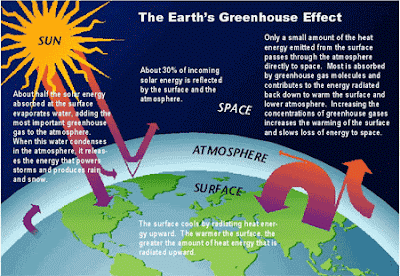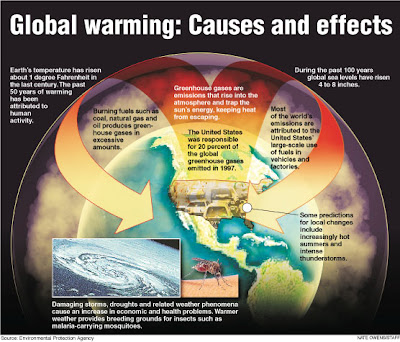

ABOUT FRACTURE
A fractured bone is a bone which has had its tissue broken. A fractured is a name of the type of the break experienced. When a bone has been broken a doctor must first look for deformities of the bone which may require palpation (feeling for broken bone ends) and auscultation (listening for crepitus). There is generally local bruising and tenderness in the effected area as well as possible skin stretch marks, band marks, localized swelling and forming hematomas. An X-ray is the best diagnostic method available to confirm a broken or fractured bone.
Butterfly FractureThis type of fracture has slight comminution at the fracture site which looks largely like a butterfly. The fracture site has butterfly fragments.
Closed FractureWhen there is a closed fracture there is no broken skin. The bones which broke do not penetrate the skin (but may be seen under the skin) and there is no contusion from external trauma.
Comminuted Bone Fracture A comminuted fracture has more than two fragments of bone which have broken off. It is a highly unstable type of bone fracture with many bone fragments.
Complete Bone Fracture
This is where the bone has been completely fractured through it's own width. This is opposite from a hairline fracture or incomplete bone fracture where there is only a "crack" and not a complete break.
Complex Fracture This type of fractured bone severely damages the soft tissue which surrounds the bone.
Compound Bone FractureWhen this occurs, the bone breaks and fragments of the bone will penetrate through the internal soft tissue of the body and break through the skin from the inside. There is a high rise of infection if external pathogenic factors enter into the interior of the body.
Compression Fracture This type of bone fracture generally occurs after a fall where the vertebral column is compressed and then under the extreme pressure cracks or breaks. This type of bone fracture may also be referred to as a Impact Fracture.
Double Fracture
With this type of broken bone there is multiple fractures on the same bone or two bones which are fractured at the same time (ie - tibula and fibula). This type of trauma generally requires internal fixation of the fractured bones. It is also known as a Segmental Fracture.
Fissure FractureThis bone fracture has minimal trauma to the bone and surrounding soft tissues. It is a incomplete fracture with no significant bone displacement and is considered a stable fracture. In this type the fracture the crack only extends into the outer layer of the bone but not completely through the entire bone. It is also known as a Hairline Fracture.
Fracture-Dislocation This type of fracture is complicated with a dislocation of the joint proximal to the fracture site.
Fragmented Fracture During this fracture the trauma will result in many broken bones leaving many pieces of bone within the patient.
Greenstick FractureThe pathology of this type of fracture includes a incomplete fracture in which only one side of the bone has been broken. The bone usually is "bent" and only broken of the outside of the bend. It is mostly seen in children and is considered a stable fracture due to the fact that the whole bone has not been broken. As long as the bone is kept rigid healing is usually quick.
Hairline FractureThis bone fracture has minimal trauma to the bone and surrounding soft tissues. It is a incomplete fracture with no significant bone displacement and is considered a stable fracture. . In this type the fracture the crack only extends into the outer layer of the bone but not completely through the entire bone. It is also known as a Fissure Fracture.
Incomplete Fracture This occurs when the bone breaks but the ends do not completely separate leaving the bone with a "crack" which does not extend the complete width of the bone. This is opposite from a complete bone fracture where the broken bone ends are completely severed from each other.
Impact Fracture This type of bone fracture generally occurs after a fall where the vertebral column is compressed and then under the extreme pressure cracks or breaks. This type of bone fracture may also be referred to as a Compression Fracture.
Impacted FractureType of fracture where the ends of the broken bones are wedged together.
Multiple FracturesIn this type of fractured bone there are several fracture lines on one bone. It can also mean several fractures in one patient but on separate bones but generally due to the same injury. Generally due to traumatic injuries, this will be evident in a patient who has a fractured pelvis and clavicle due to a fall or hit by a car.
Oblique FracturesThese types of fractures are one of rarest forms. They are a oblique break in the bone which is very unstable (break at an angle). They can be easily diagnosed as spiral fractures.
Open Bone Fracture This type of fracture classified as when a broken bone protrudes to the exterior of the body giving rise to soft tissue injuries of the muscles, tendons and ligaments. There is a high risk of injection to the internal tissues.
Segmental Fracture With this type of broken bone there is multiple fractures on the same bone or two bones which are fractured at the same time (ie - tibula and fibula). A bone break in which several large pieces of bone have broken away from the broken bone. This type of fracture easily becomes an open fracture. It is also known as a Double Fracture.
Simple FractureA simple bone fracture is one of the better types of fractures as there is only bone damage with little or no soft tissue damage and the broken bone ends do not penetrate the skin.
Spiral Fractures In this pattern a bone has been broken due to a twisting type motion. It is highly unstable and may be diagnosed as a oblique fracture unless a proper x-ray has been taken. The spiral fracture will look like a corkscrew type which runs parallel with the axis of the broken bone
Stable Fracture A stable fracture is a broken bone which is generally transverse, oblique, greenstick or a hairline fracture which is somewhat secure.
Transverse Bone FractureIn this type of fracture the bone has been broken giving rise to a transverse break or fissure within the bone at a right angle to the long portion of the bone.. It is most often caused by direct traumatic injuries.
Unstable Fracture An unstable fracture is generally a broken bone which is comminuted, oblique or a spiral fracture requiring external or internal fixation.
ReferencesMosby Medical EncyclopediaRevised Edition 1996, Penguin Books










